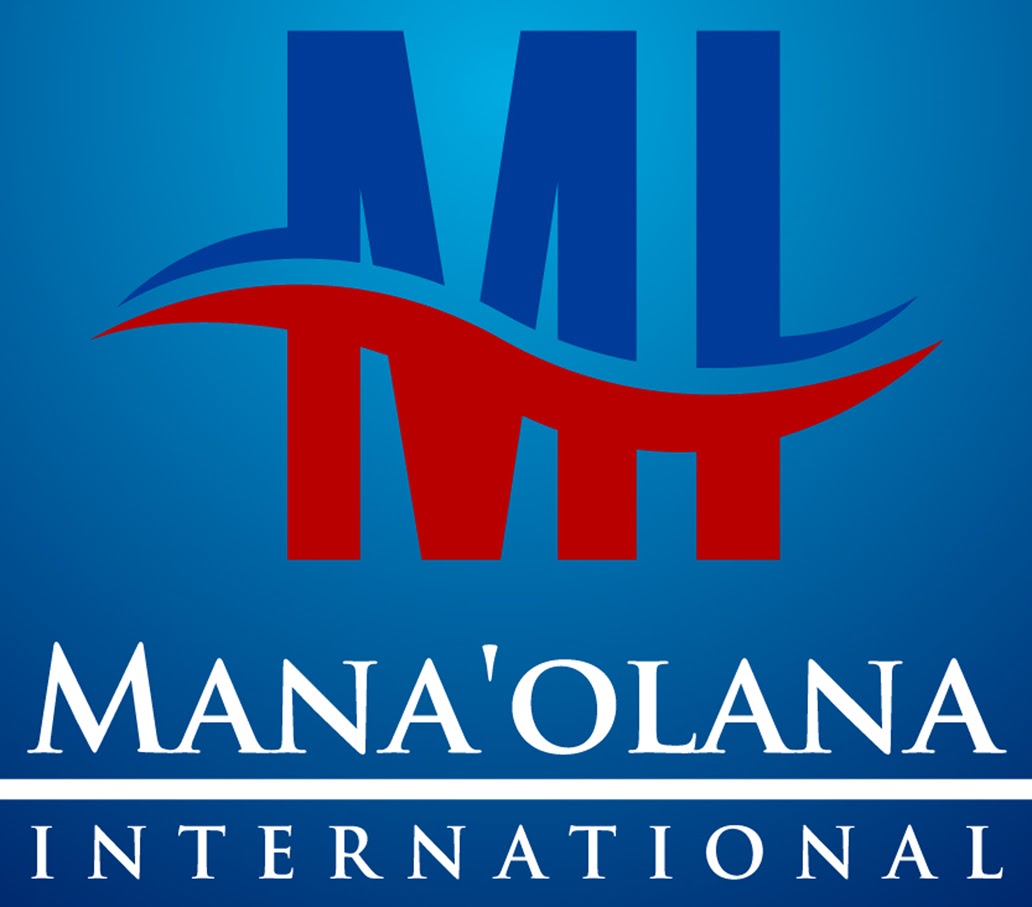As businesses continue to evolve in response to technological advancements and market pressures, the need for a robust enterprise architecture (EA) becomes increasingly important. Enterprise architecture provides a blueprint for aligning an organization’s IT infrastructure with its business strategy, ensuring that all systems and processes work together to achieve the organization’s goals. This comprehensive guide explores the key components, methodologies, and best practices of enterprise architecture that modern enterprises can leverage to stay competitive.
Understanding Enterprise Architecture
Enterprise architecture is a discipline that involves the design, implementation, and governance of an organization’s IT infrastructure. It provides a holistic view of the enterprise, ensuring that all systems, processes, and technologies are aligned with the organization’s strategic objectives. The ultimate goal of EA is to create an integrated IT environment that supports the business’s current and future needs.
Key Components of Enterprise Architecture
Enterprise architecture is typically composed of several key components:
- Business Architecture: This component defines the business strategy, governance, organization, and key business processes. It ensures that the business structure aligns with the strategic goals of the organization.
- Data Architecture: Data architecture focuses on the structure of an organization’s data assets and data management resources. It ensures that data is accurately captured, stored, and used to support business processes and decision-making.
- Application Architecture: This component outlines the individual applications and their interactions within the enterprise. It ensures that the software solutions used by the organization are integrated and support the business’s operational needs.
- Technology Architecture: Technology architecture defines the hardware, software, and network infrastructure needed to support the organization’s applications and data. It ensures that the technology backbone of the organization is robust, scalable, and secure.
The Importance of Enterprise Architecture in Modern Enterprises
In today’s complex business environment, enterprise architecture plays a critical role in ensuring that IT investments are aligned with business strategy. It helps organizations manage the complexity of their IT systems, reduce costs, and improve agility. EA also provides a framework for addressing emerging challenges such as digital transformation, regulatory compliance, and cybersecurity.
As highlighted by Gartner, a well-implemented enterprise architecture can significantly enhance an organization’s ability to respond to market changes, optimize operations, and drive innovation.
Best Practices in Enterprise Architecture
1. Align EA with Business Strategy
One of the most important aspects of enterprise architecture is ensuring that it is aligned with the organization’s business strategy. This alignment ensures that all IT initiatives support the business’s long-term goals and deliver value.
2. Use Established EA Frameworks
Using established EA frameworks like TOGAF, Zachman, or FEAF can provide a structured approach to developing and managing an enterprise architecture. These frameworks offer guidelines and best practices that can help organizations build a coherent and comprehensive architecture.
3. Foster Collaboration Across Departments
Enterprise architecture is not just an IT initiative; it requires collaboration across all organization departments. Business leaders, IT professionals, and end-users must work together to ensure that the architecture meets the needs of the entire enterprise.
4. Focus on Agility and Flexibility
In a rapidly changing business environment, agility is crucial. An agile enterprise architecture allows organizations to adapt to new opportunities and challenges quickly. Flexibility in the architecture ensures that it can evolve over time to meet changing business needs.
5. Invest in EA Tools
There are various tools available that can assist in the development, management, and visualization of enterprise architecture. Tools like ArchiMate, Sparx Systems, and LeanIX can help organizations map their architecture, identify gaps, and optimize processes.
6. Continuously Assess and Improve
Enterprise architecture is an ongoing process. Organizations must continuously assess their architecture to ensure it remains aligned with business goals and adapts to new developments. Regular reviews and updates are essential to maintaining an effective enterprise architecture.
Case Studies: Success Stories in Enterprise Architecture
Case Study 1: Healthcare Provider Enhances IT Infrastructure with EA
A healthcare provider facing outdated IT systems and processes implemented an enterprise architecture framework based on TOGAF. By aligning IT with the business’s strategic goals, the provider improved data management enhanced patient care and reduced operational costs by 15%.
Case Study 2: Manufacturing Company Streamlines Operations through EA
A manufacturing company struggling with siloed systems and inefficient processes adopted a comprehensive enterprise architecture approach. By standardizing processes and integrating systems, the company increased productivity by 25% and reduced time-to-market for new products.
Future Trends in Enterprise Architecture
As technology continues to evolve, so too will the practice of enterprise architecture. Some of the key trends shaping the future of EA include:
- Integration of AI and Machine Learning: AI and machine learning are becoming integral to enterprise architecture, enabling smarter decision-making and more efficient processes.
- Increased Focus on Cybersecurity: As cyber threats continue to grow, enterprise architecture will play a critical role in ensuring that IT systems are secure and resilient.
- Adoption of Cloud-Based Architectures: Cloud computing is transforming enterprise architecture, offering greater flexibility, scalability, and cost savings.
Conclusion
Enterprise architecture is a vital discipline for modern enterprises seeking to align their IT infrastructure with their business strategy. By understanding the key components of EA, following best practices, and staying ahead of emerging trends, organizations can build a robust architecture that supports their strategic goals and drives long-term success.
For more detailed guidance on implementing effective enterprise architecture practices in your organization, visit our Enterprise Architecture services.

